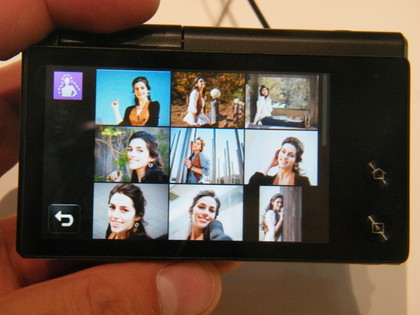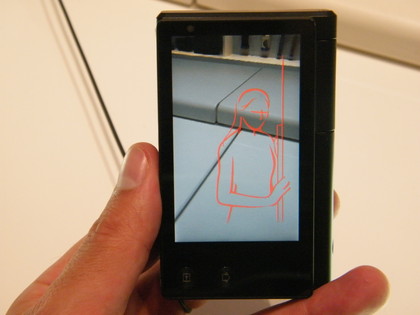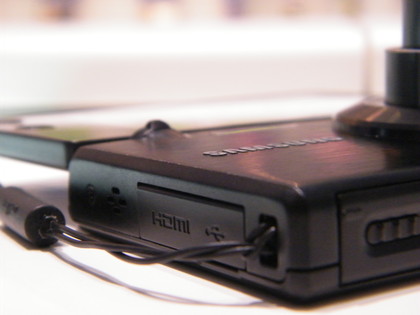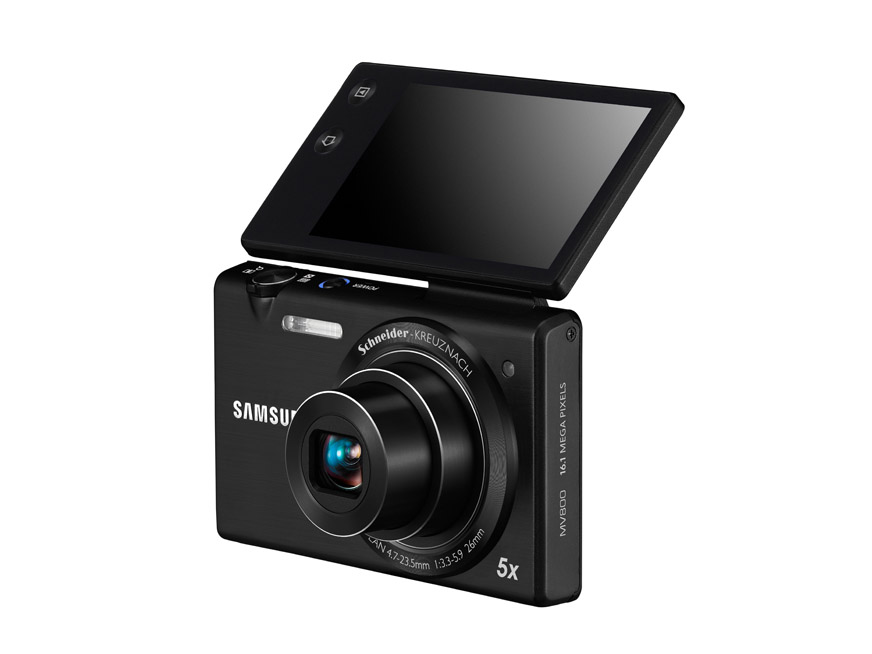Why you can trust TechRadar

Overall, the quality of photos from the Samsung MV800 is reasonable, but not spectacular, given the £200 price point.
Although images are mainly bright, with well-represented colours, we found more than one instance of softness. And at 100% on the computer, some edges appear to have been rendered a little harshly, while some fine details are smudged.
While in Auto mode, the camera also seems to have the tendency to underexpose.
Thankfully, chromatic aberration is minimal, although we did find some evidence of fringing in some of our photos.

While using the camera in Smart Auto mode, the camera does a reasonable job of detecting the scene presented in front of it, including detecting close-up shots to deploy Macro Mode. The mode itself works well too, focusing to within just a couple of centimetres.
A number of filters are available to use on the Samsung MV800, which can be deployed either while the shot is being taken or applied once the photo is taken. This is handy when you want to have a "standard" version to work with at a later date.
The effectiveness of the different filters is varied, with Miniature mode working best from high viewpoints, but still not producing a totally convincing effect. Oil Painting and Cartoon are interesting, and produce realistic-seeming artistic effects.

One of the odder elements of the camera is the Pose Guide, which includes a variety of inbuilt photos for you to attempt to recreate by providing a model outline to work with. In theory, it's supposed to help you achieve flattering photos, but in reality it's just a bit strange and doesn't work all that well.
The ability to take panoramic shots is something that is becoming increasingly prevalent in many different cameras, including compacts.
The Live Panorama mode on the Samsung MV800 works in much the same way as Sony's Sweep Panorama. Simply hold down the shutter button while moving the camera across the scene for a panorama photo to be captured.
It takes some practise to get the panorama to work well. On our first attempt, there were several blurred areas in the picture, perhaps suggesting we had moved the camera too fast. After a while, though, you should come to understand how slowly you need to move. Converting the shots into a panoramic image is pretty quick, taking only a couple of seconds.
The touchscreen, which is the big selling point of this camera, is unfortunately also its biggest letdown. While the 180-degree tilting is a good idea, and will be welcomed by those who like to take self-portraits, the screen quality itself leaves a lot to be desired.
On several occasions, we were unsure whether a photo we shot was in focus, because it appeared soft and even blurry on the rear view screen. On checking the photos on a computer screen, we could see that the photos were fine.
This is obviously a major downfall, because it means you're unlikely to realise when a photo actually does need reshooting.
It's also disappointing for a camera that costs around £200 to be equipped with such a poor screen.
As with other Samsung compacts, the MV800 uses a microSD card, which should be noted before buying it because they're not as prevalent as the full-sized version, so it's likely you'll need to buy a new card.
It also means that anybody with an SD card reader built into their computer will need to invest in an adaptor or specialist card reader or plug the camera directly into the camera.
Current page: Performance
Prev Page Build quality and handling Next Page Image quality and resolutionAmy has been writing about cameras, photography and associated tech since 2009. Amy was once part of the photography testing team for Future Publishing working across TechRadar, Digital Camera, PhotoPlus, N Photo and Photography Week. For her photography, she has won awards and has been exhibited. She often partakes in unusual projects - including one intense year where she used a different camera every single day. Amy is currently the Features Editor at Amateur Photographer magazine, and in her increasingly little spare time works across a number of high-profile publications including Wired, Stuff, Digital Camera World, Expert Reviews, and just a little off-tangent, PetsRadar.

